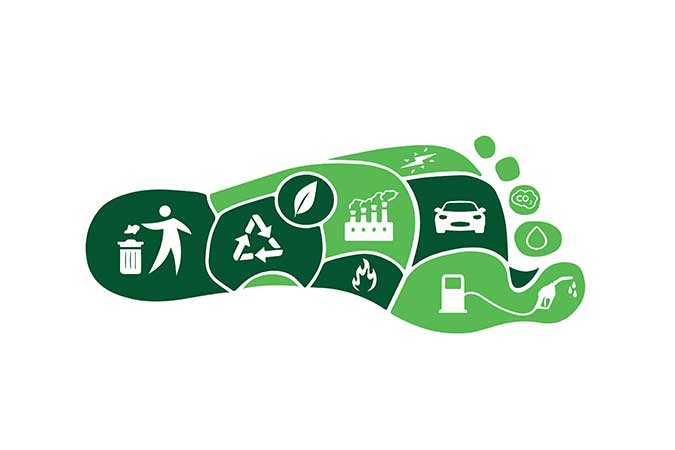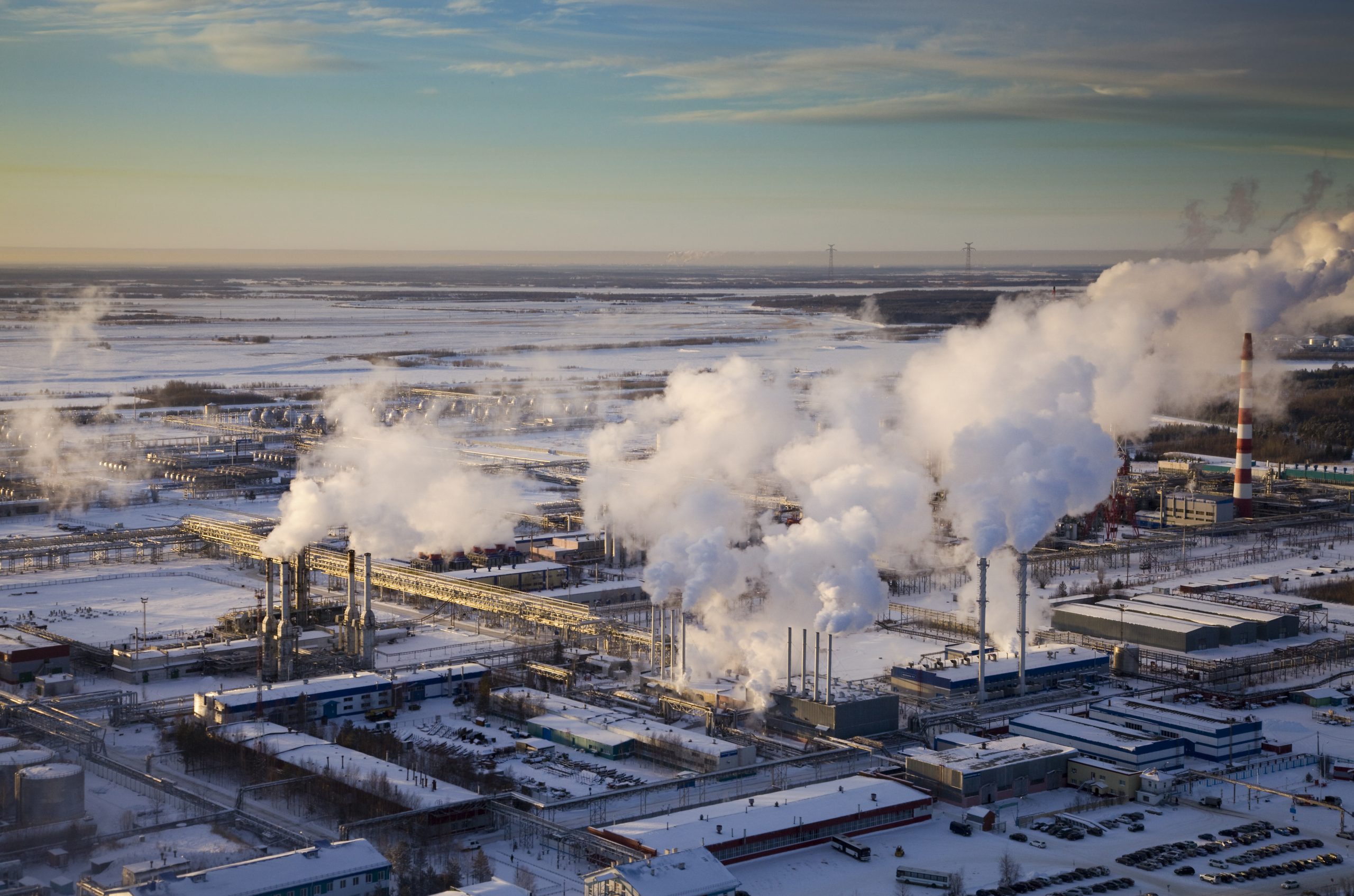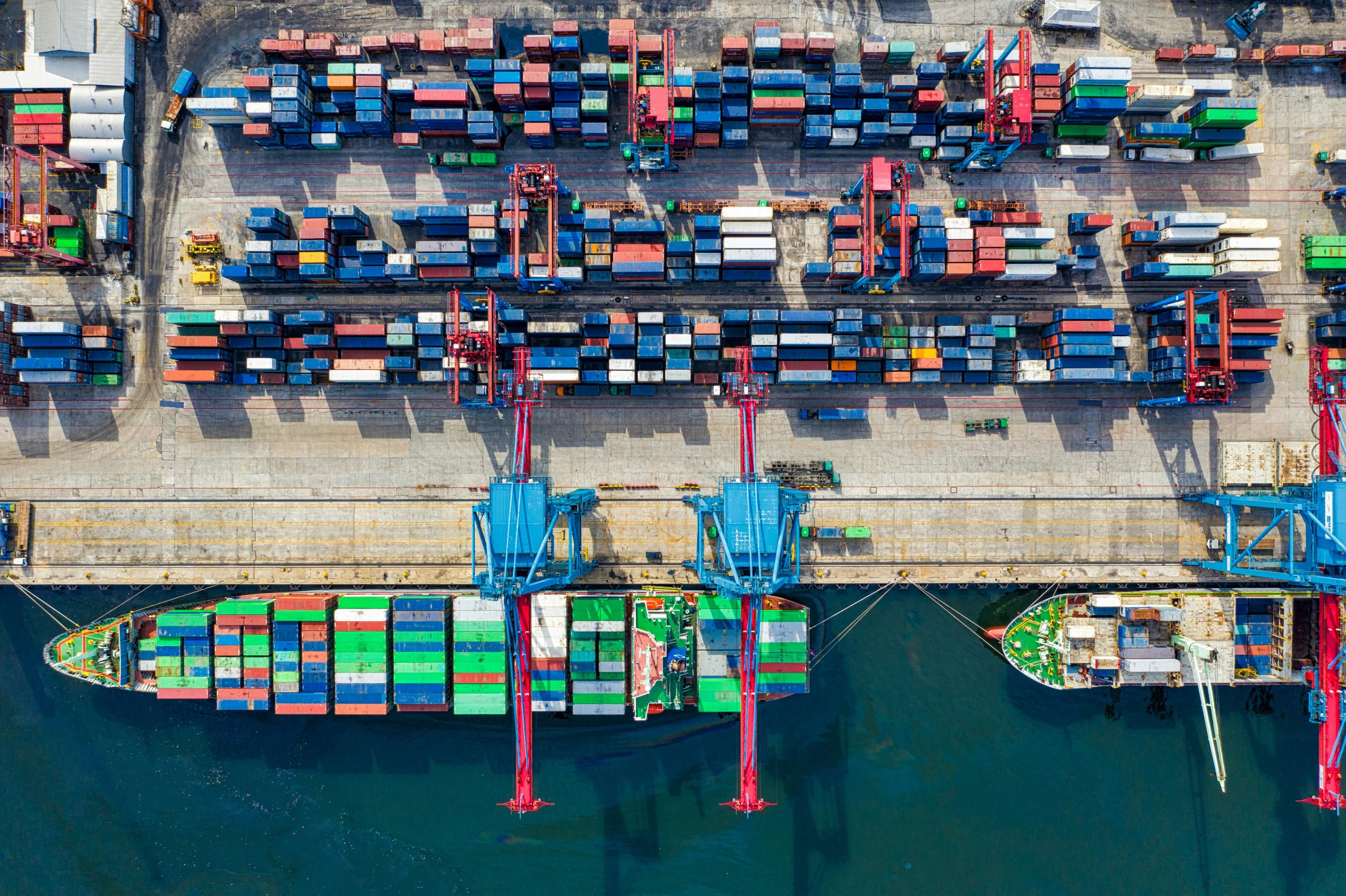Carbon Footprint Assurance
What is a Carbon Footprint?
A Carbon Footprint defines the total amount of greenhouse gases generated within the lifecycle of a product, the activities of an organization, during an event or by a single person.

Why calculate your emissions?
More and more companies want to, or are obligated to communicate their greenhouse gas emissions – for example in the course of Environmental or Energy Management Systems and for sustainability reporting. Additionally, CO2 emissions are becoming an increasingly important criterion in the investor decision-making process. Apart from this, commitments in climate protection measures may be useful for marketing activities.
Why assure your Carbon Footprint?
Companies enhance their credibility and transparency towards clients, investors and the public by having their calculations and assertions checked by an independent, competent and well-recognized party.
Our Services
Assurance of a Corporate Carbon Footprint according to internationally recognised standards.
Streamlined Emissions and Carbon Reporting (SECR)
What is SECR?
The UK government’s Streamlined Energy and Carbon Reporting (SECR) policy was implemented on 1 April 2019, when the Companies (Directors’ Report) and Limited Liability Partnerships (Energy and Carbon Report) Regulations 2018 came into force. Businesses in scope need to comply for financial years starting on or after 1 April 2019 and therefore need to understand their requirements under SECR.

Who needs to comply?
Three groups of businesses are a0ected by the new regulations. Companies that fall within the following definitions must comply unless they meet certain exemption criteria:
- Quoted companies of any size that are already obliged to report under mandatory greenhouse gas reporting regulations.
- Unquoted companies incorporated in the UK that meet the definition of ‘large’ under the Companies Act 2006, will have new reporting obligations. This applies to registered and unregistered companies. Note that the criteria for ‘large’ di0ers from the ESOS Regulations.
- ‘Large’ Limited Liability Partnerships (LLPs) will be required to prepare and file a ‘Energy and Carbon Report’. Unquoted companies or LLPs are defined as ‘large’ if they meet at least two of the following three criteria in a reporting year:
– a turnover of £36million or more;
– a balance sheet of £18million or more; or
– 250 employees or more.
Public bodies do not fall under the new regulations, but they are subject to other legislation which requires carbon reporting. It is worth noting that charities, not-for-profit companies or others undertaking public activities – such as companies owned by universities, academies or NHS Trusts – will need to check whether they meet the above qualifying criteria.
Private sector organisations which fall outside of the scope of the new regulations are encouraged to voluntarily report in a similar manner.
Our Services
- Verification of the emissions data reported and the emissions calculations.
- Validation of the KPI’s selected.
- Compliance of the statement within the Directors report with the SECR guidelines.
Methane emissions reduction in the energy sector

What is Methane?
Methane is a powerful greenhouse gas, second only to carbon dioxide in its overall contribution to climate change. It is responsible for about a third of current climate warming.
It remains in the atmosphere for a shorter period than carbon dioxide (10-12 years before oxidizing into carbon dioxide that continues to trap heat). On a molecular level, methane is a far more powerful climate forcer.
It has a global warming potential of 28 times that of carbon dioxide over 100 years and of 86 times over 20 years. Methane contributes to ozone formation, which is a potent air pollutant that causes serious health problems.
What sectors does the regulation apply to?
- Oil & Gas
(a) oil and fossil gas upstream exploration and production, fossil gas gathering and processing.
(b) gas transmission, distribution, underground storage and liquid gas (LNG) terminals operating with fossil and/or renewable (bio-or synthetic) methane. - Coal
(c) operating underground and surface coalmines, closed and abandoned underground coal mines.
This Regulation applies to methane emissions occurring outside the Union in what relates to importer information requirements, to the methane transparency database and to the methane emitters monitoring tool.

Our Services
- Assess the conformity of the emissions reports submitted by operators or mine operators in accordance with the regulation.
- Conduct site checks to determine the reliability, credibility and accuracy of the data sources and methodologies used.
- Issue a verification statement:
- Specifying the verification work carried out.
- Verifying the emissions report complies with the requirements of the regulation.
Carbon Border Adjustment Mechanism (CBAM)

What is CBAM?
The Carbon Border Adjustment Mechanism (CBAM) is a policy tool designed to address the carbon footprint associated with imported goods. As Climate Change concerns grow globally, many countries are implementing measures to reduce greenhouse gas emissions and transition towards more sustainable practices. CBAM is one such initiative aimed at preventing carbon leakage, which occurs when industries relocate to regions with lax environmental regulations, potentially undermining the effectiveness of domestic emission reduction efforts.
CBAM operates by assigning a carbon price to certain imported goods based on their embedded carbon content. The mechanism aims to create a level playing field between domestic industries subject to emission reduction regulations and their International counterparts. By attaching a cost to the carbon content of imported goods, CBAM encourages global trade partners to adopt similar climate policies, thereby fostering a more equitable and environmentally sustainable International trading system.
This mechanism typically involves the following key components:
1. Carbon Pricing: CBAM imposes a cost on the carbon content of certain goods at the border, which can be based on the emissions associated with their production. This price is intended to reflect the carbon intensity of the manufacturing processes involved.
2. Scope of Application: CBAM can cover various sectors and products, depending on a country’s priorities and goals. It may initially focus on energy-intensive industries, such as steel, cement, and chemicals, where carbon emissions are significant.
3. Monitoring and Verification: Implementing CBAM requires robust monitoring and verification mechanisms to accurately assess the carbon footprint of imported goods. This may involve co-operation between trading partners to share data on emissions and production processes.
4. Compliance Mechanisms: Countries exporting goods subject to CBAM must comply with the carbon pricing requirements. Non-compliance may result in tariffs or other penalties to ensure fair competition and incentivise adherence to environmental standards.
5. Transition Measures: CBAM recognises the need for a fair transition, especially for countries with less developed economies. Therefore, it may include measures to support industries in transitioning to cleaner technologies and practices.
What goods does CBAM apply to?
- The regulations cover imports of cement, iron, steel, aluminium, fertilizers, electricity and hydrogen for the emissions of carbon dioxide, nitrous oxide and perfluorocarbons.
- In the future covered items will be taxed for direct and indirect emissions.
- It is expected that more products and sectors will be added to CBAM.
- By 2030 it is anticipated that all sectors that are included in European Union Emissions Trading scheme (EU ETS) will be included.

Our Services
- Provision of readiness checks for compliance with CBAM.
